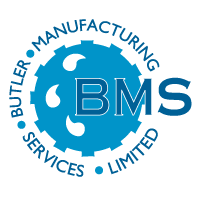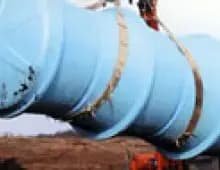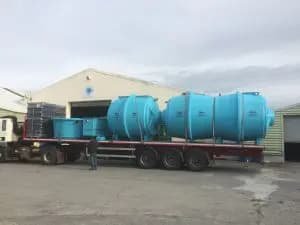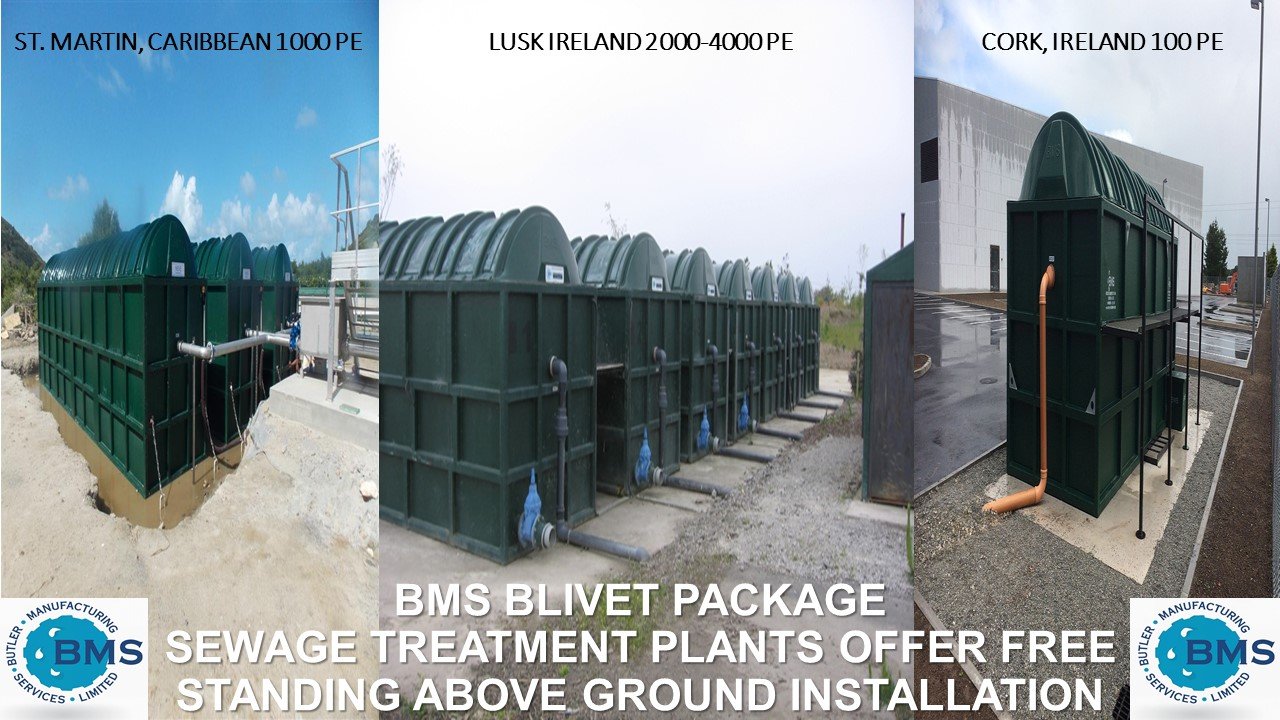
FREQUENTLY ASKED QUESTIONS
Get Answers To Your Most Common Questions on Sewage, Wastewater & Surface Water Treatment
When designing a Sewage Treatment Plant for a Caravan/Trailer Park what Population Equivalent(PE) do you assign to each Caravan Unit?
Estimating the occupancy of different caravans or mobile homes is more difficult. Generally, it is best to plan for peak occupancy, therefore the normal size of caravan used on site of in general should be ascertained. They have normal occupancy numbers assigned to them and these can just be multiplied by the figures above.
Do you have any pictures of a sewage or a wastewater treatment plant that Butler Manufacturing Services worked on before and after an upgrade?
You can find 12 pictures of a rural 50 PE wastewater treatment plant that we recently upgraded
How do you calculate the size of a Petrol/Oil Separator needed for a site?
How do you calculate the correct size of Petrol/Oil Interceptor or Separator that you require?
What are the different types of Petrol/Oil Interceptor (Separator) and what is the difference between them?
What are the different types of Petrol/Oil Interceptor (Separator) and what is the difference between them?
What is the difference between Class 1 & Class 2 Interceptors or Separators?
What is the difference between Class 1 & Class 2 Interceptors or Separators?
What is the difference between COD and BOD in Sewage Treatment?
What is the difference between COD and BOD in sewage treatment?
What is the difference between ‘Effluent Standard’ & ‘Stream Standard’ in sewage treatment?
What is the difference between ‘Effluent Standard’ & ‘Stream Standard’ in sewage treatment?
What is an Aerotor and how is it different from a normal RBC (Rotating Biological Contactor) and who came up with the idea?
The BMS Aerotor is actually a next generation RBC, with all the advantages of traditional RBCs such as low maintenance costs and power requirements with none of the disadvantages such as one sided growth placing eccentric loads on the shaft, flow bypass in shock loading conditions and lack of aeration…
How do you calculate expected dry weather flow and volume of effluent to be discharged per day?
Dry Weather Flow is in essence the sewage flow, from a premises without the addition of any surface water.
Do you have a recycling solution for car/truck wash water with no discharge so that we do not have to get a discharge license or if we are not granted one?
Do you have a recycling solution for car/truck wash water with no discharge so that we do not have to get a discharge license or if we are not granted one?
Do you have a package sewage treatment plant that can be placed free standing above ground?
We do indeed have solution for above ground sewage treatment in the form of the BMS Blivet Package Sewage Treatment Plant. One of the main features of our Blivet package sewage treatment system is that it can be placed above ground free standing with no extra supports.
What is a Package Sewage Treatment Plant?
A Package sewage treatment plant is a completely self contained system for sewage treatment that is ‘plug & play’ and should incorporate the following elements in one outer tank;
How can I calculate the size of a primary settlement tank in a sewage treatment plant?
When calculating the size of a primary settlement tank for domestic type sewage e.g. from a house, school, hotel, camp site or base etc.
Do you have any solutions to manage flow surges to our sewage treatment plant?
We can certainly design a system to handle these uneven flows. A sewage system prefers to have smaller regular flows rather than irregular large once off flows.
Can you explain how BMS use parallel (lamellae) plates for sewage settlement?
Parallel/lamellae plates radically increase the surface area in a given area. A unique feature of the BMS Blivet is the utilisation of lamella plate settlers in both the Primary Settlement and Final Settlement Zones. BMS worked with Dr. Michael Rodgers from the University of Galway to adapt parallel plates for use in sewage treatment…
How you calculate the correct size of Grease Trap?
When calculating the size of a primary settlement tank for domestic type sewage e.g. from a house, school, hotel, camp site or camp etc. you are looking to achieve a set upward flow velocity. In the case of a horizontal settlement tank you are generally looking to achieve an upward flow velocity of less than 0.9 m/hr. To do this you need to provide an adequate surface area.
Do you have a sewage treatment solution for a site that is prone to seasonal flooding?
A lot of sewage treatment plants are installed in the lowest area of a site to try and achieve gravity flow into it. However, with more intense rainfall becoming the norm, low lying areas can often be prone to surface flooding. ometimes large areas of sites can be subject to flash flooding and ponding.
The good news is Butler Manufacturing Services can offer a number of different solutions…
What maintenance is required on a surface water attenuation, infiltration or SuDS system?
The level of maintenance required after installing a surface water attenuation, infiltration or SuDS system is a very hot topic especially when the local municipal authority will be taking the area in charge and will have to look after maintenance in the future. The good news is that BMS have pioneered two different ways to make an attenuation, infiltration or SuDS system essentially maintenance free.
Why are grease traps important for sewage treatment plants?
FOG can negatively affect sewage treatment plants and pipes. Grease traps can help prevent FOG problems. BMS can help you assess your FOG problem and recommend a solution.

Not finding what you are looking for? Let’s search for it!
Our company specializes in creating tailor-made solutions for treating sewage, surface water, and wastewater. If you have a unique idea, please get in touch with us and let's explore it together.
CAN’T FIND WHAT YOU ARE LOOKING FOR?
Talk To Us Today
At Butler Manufacturing Services, our staff and engineering teams are always ready and eager to help with any enquiry you might have. Whether you need guidance on product specifications or require a customized solution, our team is here to lend a helping hand.



















